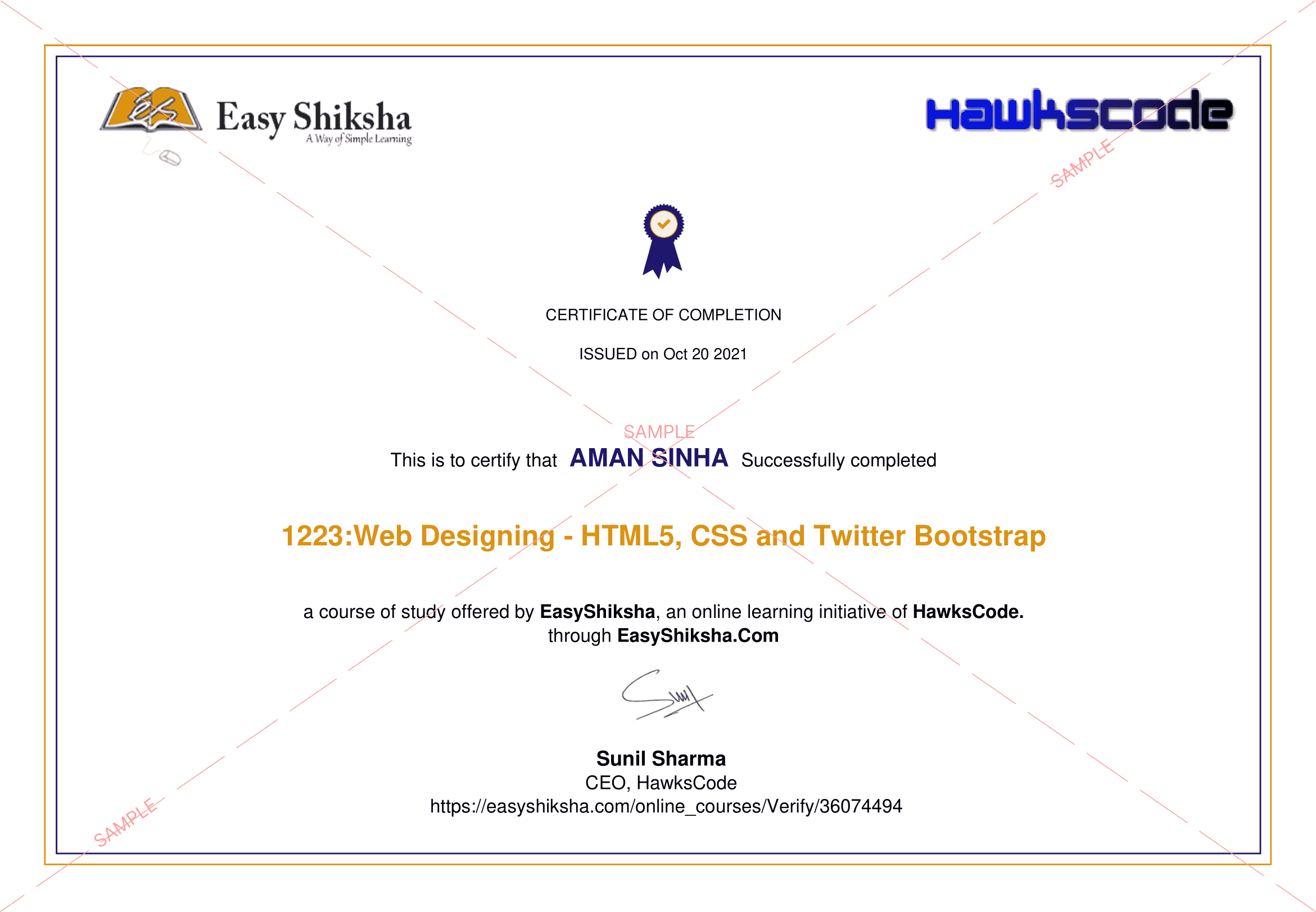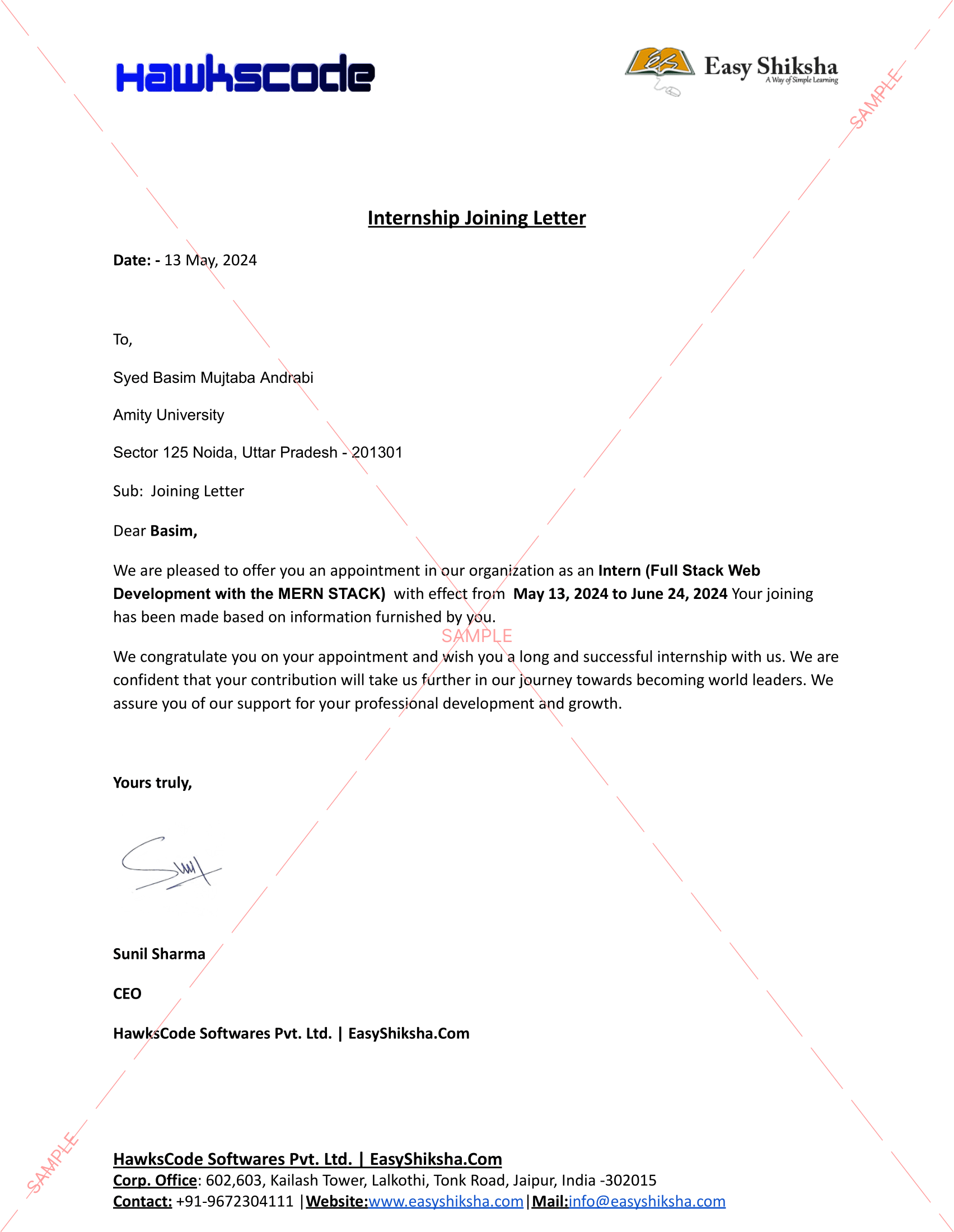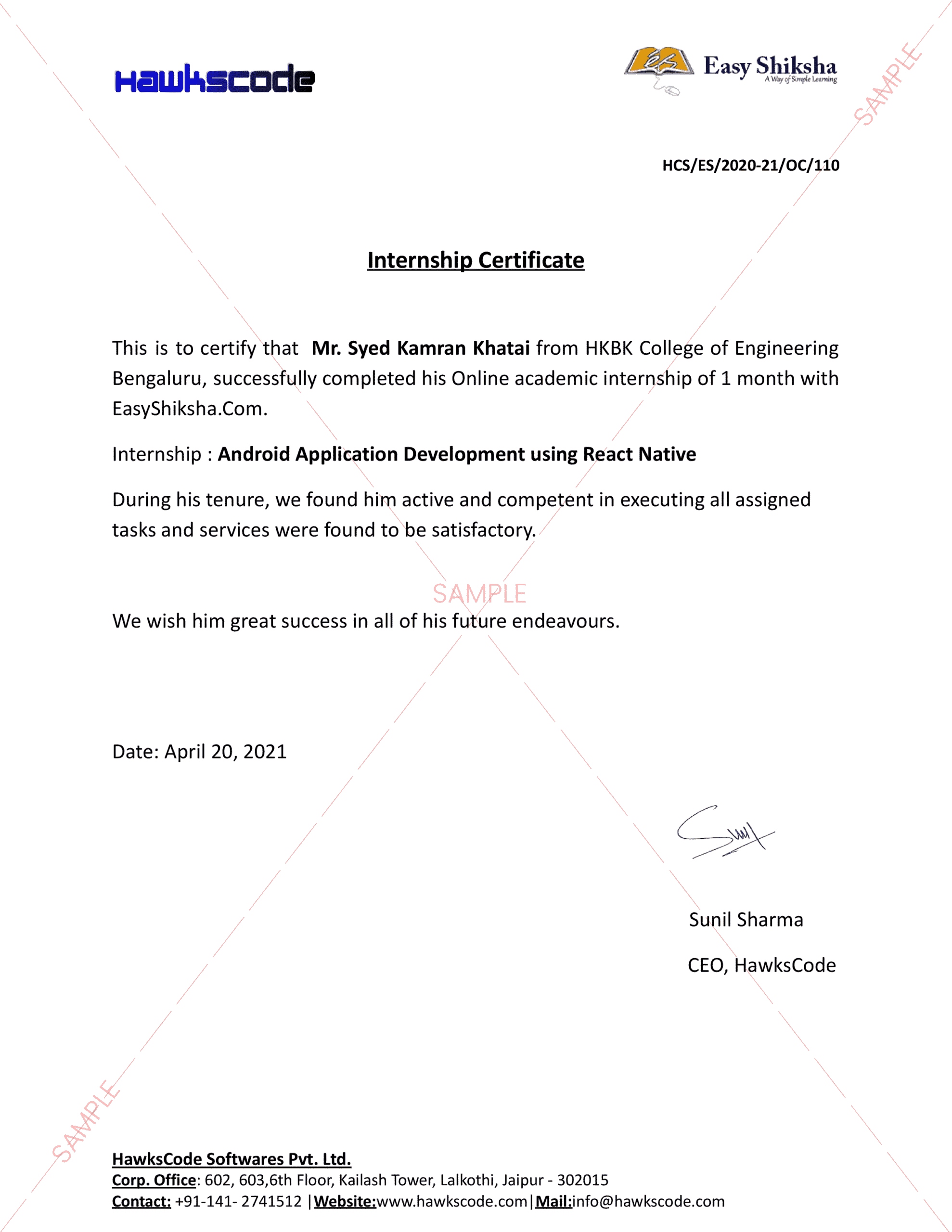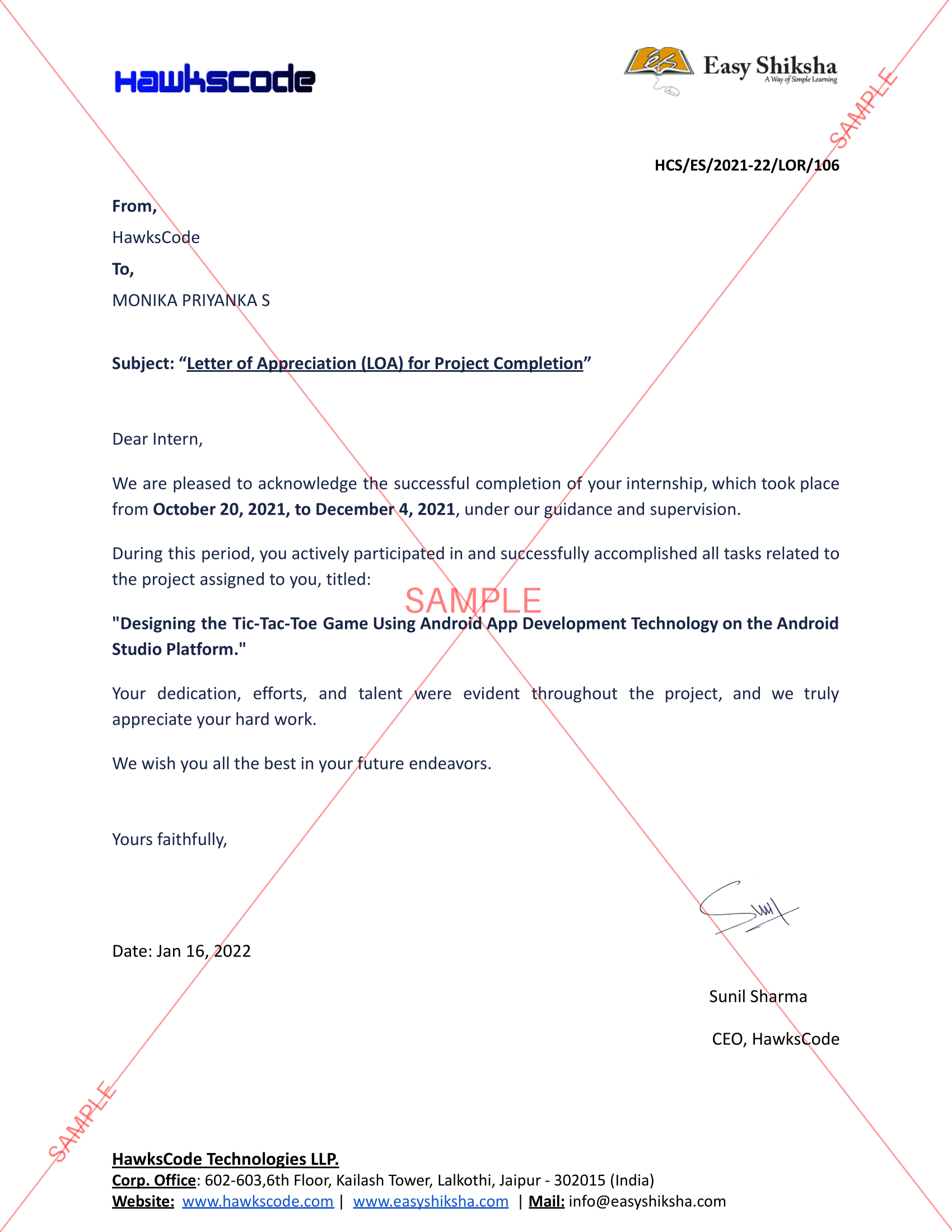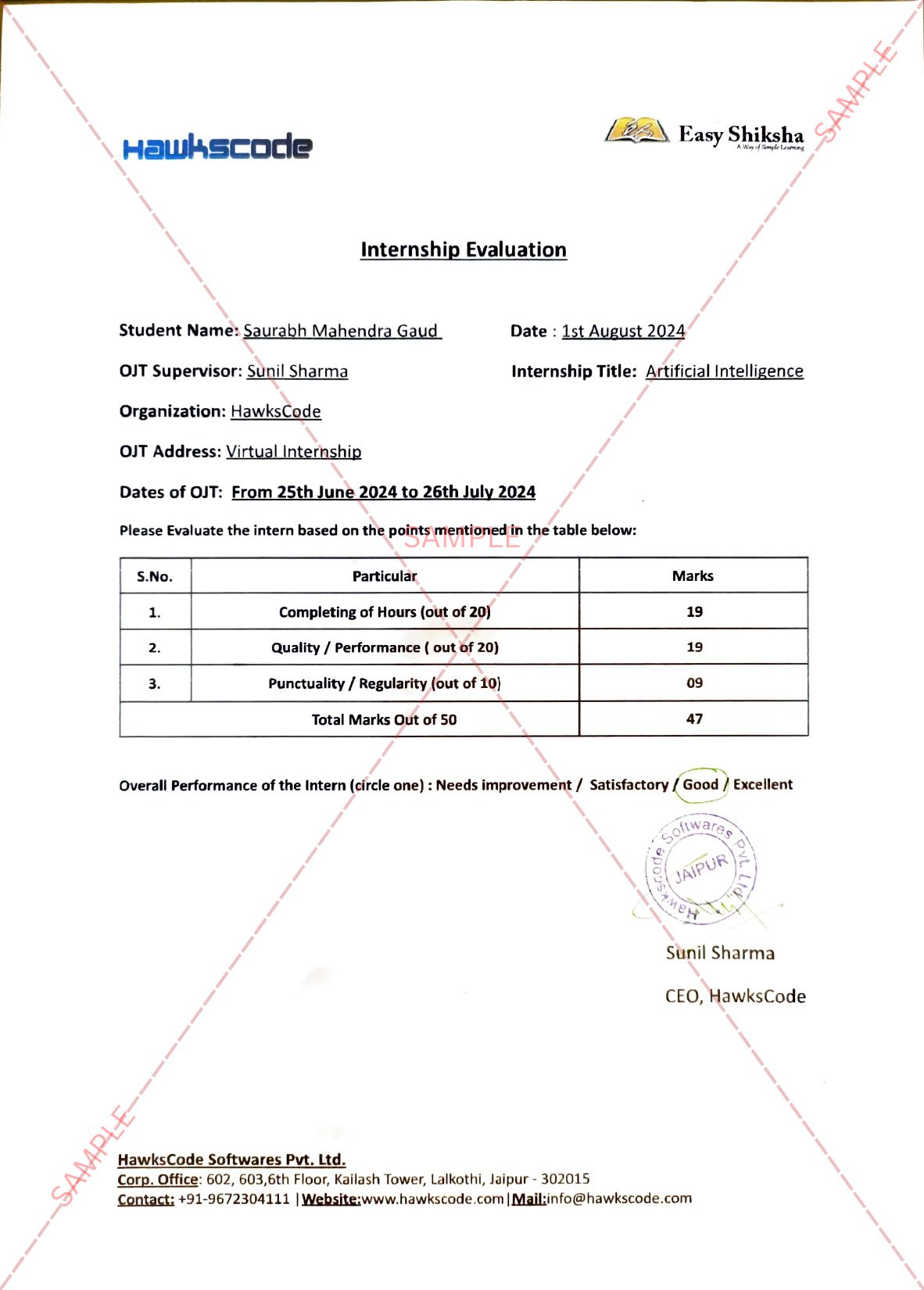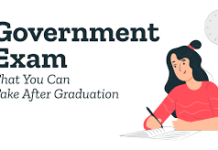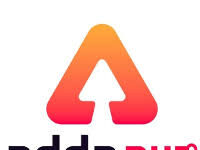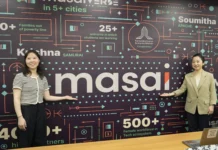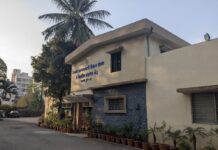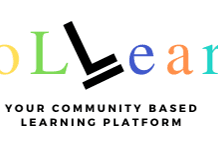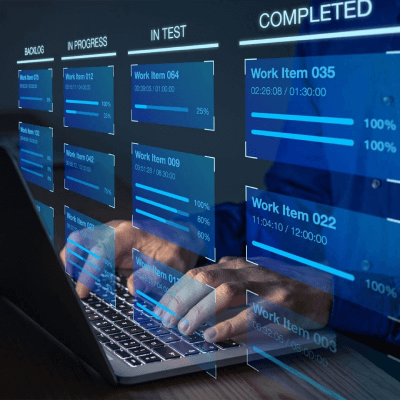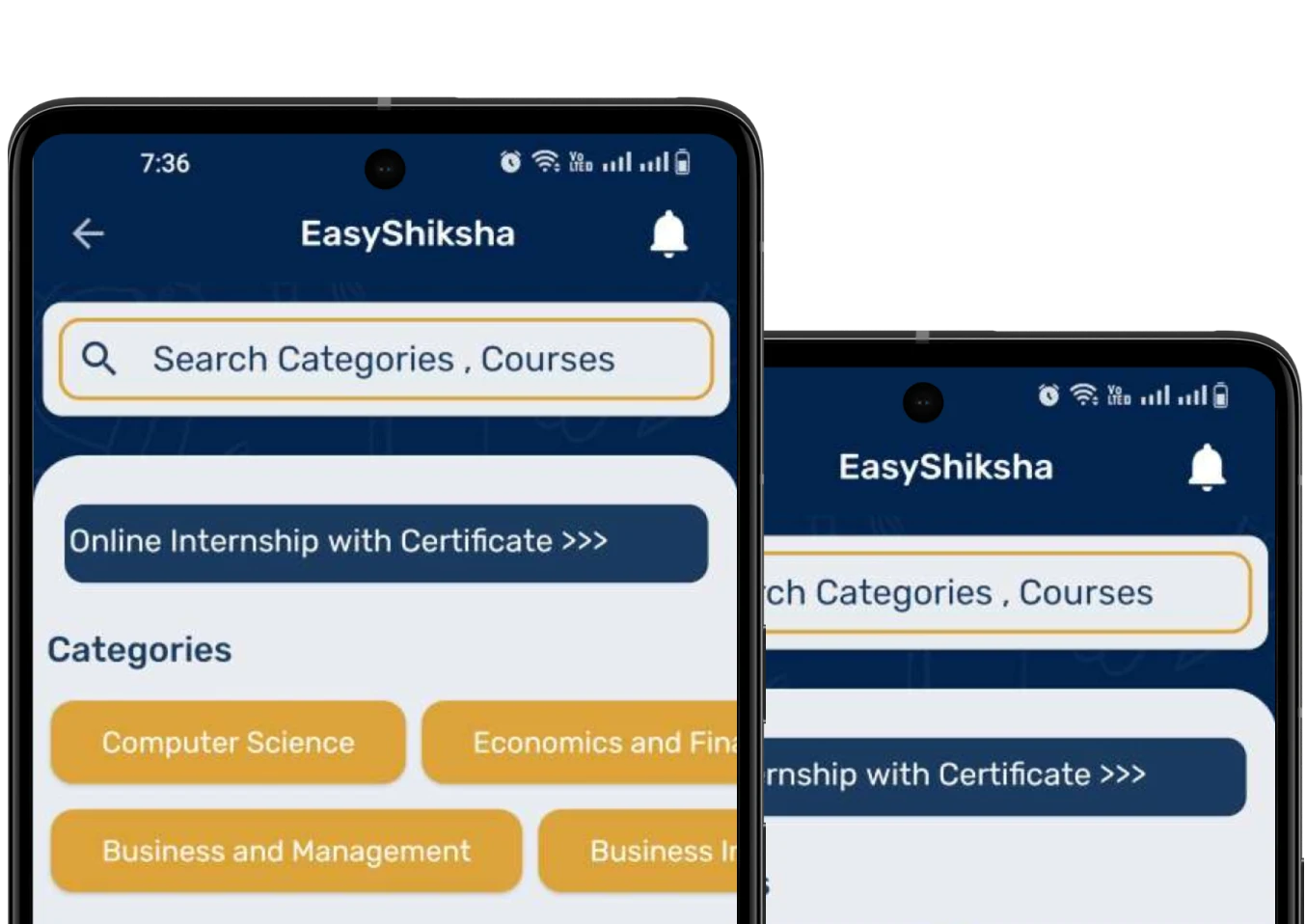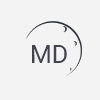New Delhi, 17 November 2021 – Commending countries in WHO South-East Asia for achieving a steep decline in tobacco use, the World Health Organization today said persistent and concerted efforts over the years, and which continue despite the pandemic, must be sustained and scaled up further to rid the region of the scourge of tobacco.
“Sustained political commitment and relentless efforts by countries to strengthen surveillance, expand tobacco control measures including cessation services to help users quit tobacco are some of the key reasons for success,” said Dr Poonam Khetrapal Singh, Regional Director, WHO South-East Asia Region.

Important Announcement – EasyShiksha has now started Online Internship Program “Ab India Sikhega Ghar Se”
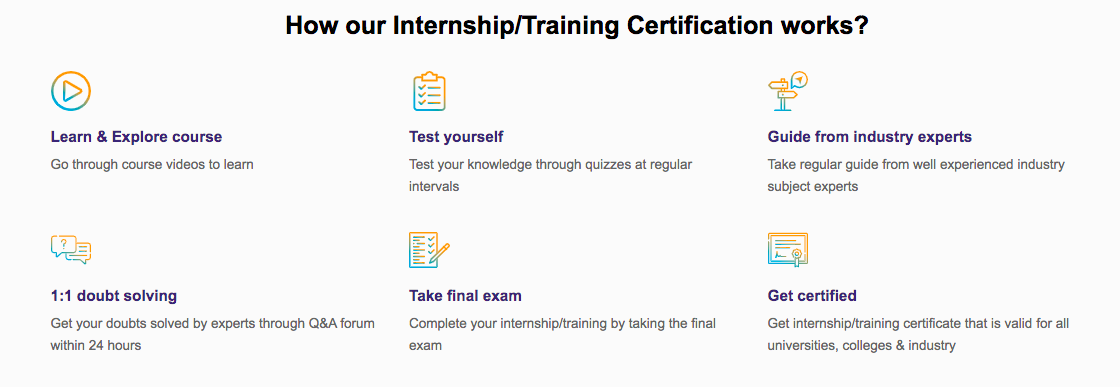
As per the WHO Global Report on Trends in Prevalence of Tobacco Use 2000-2025 (4th edition, 2021), the WHO South-East Asia Region has achieved the fastest rate of decline in the use of tobacco with an average prevalence of smoking among men declining from 50% in 2000 to 25% in 2020 and tobacco smoking among women declining steeply from 8.9% in 2000 to 1.6% in 2020.
This progress can be attributed to the effective implementation of WHO’s FCTC and MPOWER package, a set of six cost-effective and high impact measures to help countries reduce demand and supply of tobacco, along with best buys to successfully tackle the tobacco epidemic.
Tobacco use is one of the key risk factors for noncommunicable diseases and effective tobacco control is important for the prevention and control of NCDs – a flagship priority of the Region since 2014.
India and Nepal are among the countries likely to achieve a 30% relative reduction in tobacco use to meet the target of the Global NCD action plan by 2025.
If tobacco control efforts continue at the current level, smoking rates in the Region can reach as low as 11% in 2025. This would be the second-lowest Regional average rate after Africa – 7.5% in 2025.
“The best buys, a set of cost-effective measures to address NCDs, continue to be at the core of the Regional response, recognizing the need for countries to identify & implement the most effective, feasible, and affordable interventions whatever their resource setting,” the Regional Director said, adding that WHO will continue to support Member countries towards tackling NCD’s and controlling tobacco.
Top Courses in Software Engineering
The Region currently has the highest rates of tobacco use, with around 432 million users, or 29% of its population. It is also home to 266 million smokeless tobacco users out of 355 million globally.
Countries in the Region sustained tobacco control measures during the pandemic. WHO supported countries to accelerate and strengthen support for tobacco users to quit during the pandemic with evidence that smokers – current and former – are more likely to suffer severe outcomes of COVID-19.
Targeted strategies are needed to address the challenge of smokeless tobacco use, particularly among women. Almost 40% of women tobacco users use only smokeless tobacco.
Over the years, countries in the Region have strengthened tobacco control measures. The Region today has the highest proportion of the population covered by tobacco surveillance to monitor tobacco use prevalence and tobacco control policies. Thailand was the first country in Asia to implement Plain Packaging. Timor-Leste, Nepal, Maldives, India, and Sri Lanka have implemented large-sized graphic health warnings on tobacco packs. Six countries have banned ENDS (electronic cigarettes). Bangladesh, India, Indonesia, and Sri Lanka are working towards moving tobacco farmers away from growing tobacco. Bhutan, Nepal, Maldives, Sri Lanka and Timor-Leste have established and scaled-up tobacco cessation services.
There is clear evidence that tobacco control measures work and are highly effective in reducing the consumption of tobacco. WHO advocates for all countries to sustain and accelerate the implementation of the WHO Framework Convention on Tobacco Control and MPOWER package.
With sustained and accelerated efforts, and using the power of innovation, countries in the Region can fulfil their commitment to FCTC and to the 2030 Sustainable Development agenda, leaving no one behind.
For information related to technology, visit HawksCode and EasyShiksha
Empower your team. Lead the industry
Get a subscription to a library of online courses and digital learning tools for your organization with EasyShiksha
Request NowQ. Are EasyShiksha's internships truly free?
Yes, all internships offered by EasyShiksha are completely free of charge.
Q. How can I apply for an internship with EasyShiksha?
You can apply by visiting our website, browsing available internships, and following the application instructions provided.
Q. What types of internships are available through EasyShiksha?
EasyShiksha offers a wide range of internships across technology, business, marketing, healthcare, and more. Opportunities are continuously updated.
Q. Will I receive a certificate upon completing an internship?
Yes, upon successful completion, you will receive a certificate recognizing your participation and achievements.
Q. Are EasyShiksha's internship certificates recognized by universities and employers?
Yes, the certificates are recognized by universities, colleges, and employers worldwide.
Q. Is the download of certificates free or paid?
Access to internships and courses is free, but there is a small fee to download certificates, covering administrative costs.
Q. When can I start the course?
You can choose any course and start immediately without delay.
Q. What are the course and session timings?
These are fully online courses. You can learn at any time and pace. We recommend following a routine, but it depends on your schedule.
Q. What will happen when my course is over?
After completion, you will have lifetime access to the course for future reference.
Q. Can I download the notes and study material?
Yes, you can access and download course materials and have lifetime access for future reference.
Q. What software/tools would be needed for the course?
All necessary software/tools will be shared during the training as needed.
Q. I’m unable to make a payment. What should I do?
Try using a different card or account. If the problem persists, email us at info@easyshiksha.com.
Q. Do I get the certificate in hard copy?
No, only a soft copy is provided, which can be downloaded and printed if required.
Q. The payment got deducted but shows “failed”. What to do?
Technical errors may cause this. The deducted amount will be returned to your account in 7-10 working days.
Q. Payment was successful but dashboard shows ‘Buy Now’?
Sometimes payment reflection is delayed. If it takes longer than 30 minutes, email info@easyshiksha.com with the payment screenshot.
Q. What is the refund policy?
If you face technical issues, you can request a refund. No refunds are issued once the certificate has been generated.
Q. Can I enroll in a single course?
Yes, select the course of interest, fill in the details, make payment, and start learning. You will also earn a certificate.
Q. My questions are not listed above. I need further help.
Contact us at info@easyshiksha.com for further assistance.
ALSO READ: Curiousjr-announces-the-result-of-the-biggest-all-india-coding
Get Course: A-complete-course-on-digital-marketing-advertising
